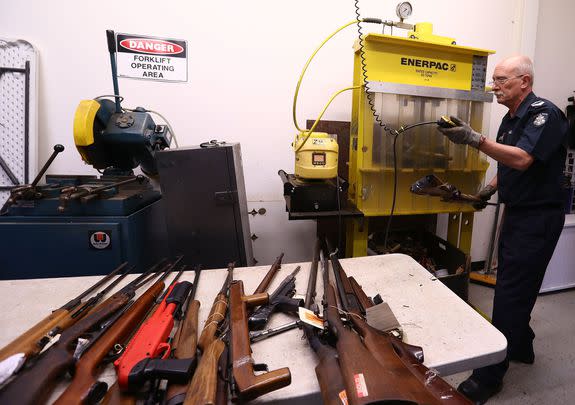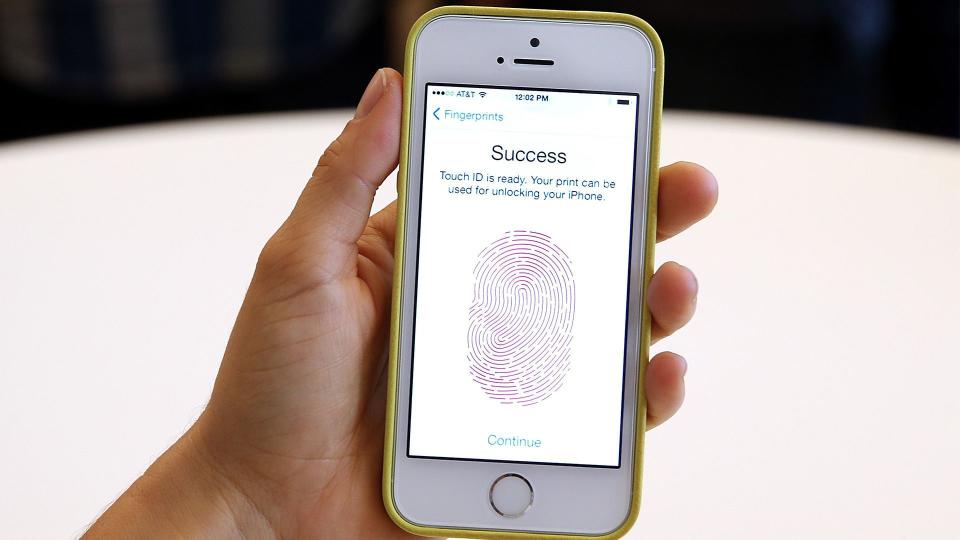In Australia, its most recent national firearms amnesty saw 26,000 guns removed

In the aftermath of recent events, the spotlight has recently been locked on gun control, especially in countries where it has been most successful.
Arguably, the place that's made the most headlines is Australia. The country severely restricted gun ownership over 20 years ago, following the country's deadliest mass murder in Port Arthur, which claimed 35 lives.
SEE ALSO: Empire State Building and other global landmarks went dark in honor of Las Vegas victims
But the battle isn't over: The country's second-ever national firearms amnesty has just finished on Sep. 30, following a three-month period. While the final total hasn't been confirmed, authorities are expecting over 26,000 guns to be handed in.
As part of the amnesty, people can dispose of unwanted and unregistered firearms legally for free and without having to give personal details. Carrying an unregistered firearm risks a fine of up to A$280,000 (US$224,000), and up to 14 years in jail.
The amnesty has also seen historical firearms handed in, including a Beaumont-Adams revolver from 1856, a WWI era Lee Enfield rifle and two WWII U.S. M1 carbines.
"This is as much about giving a family a chance to get rid of an old heirloom as it is about getting rid of guns off our streets," Michael Keenan, Minister for Justice, said when he announced the amnesty in June.

Image: robert cianflone/Getty Images
The amnesty extends from the country's National Firearms Agreement, enacted in the wake of the 1996 Port Arthur massacre. Lawmakers banned semiautomatic and automatic guns, and owners needed a genuine reason to have a gun (for example, recreational shooters/hunters who produce permission from a landowner, sporting shooters with a valid membership of an approved club). Personal protection was specifically excluded as a reason.
It also led to a widely-hailed buyback scheme from Oct 1996 to Sep 1997, which saw the removal of "almost 650,000" guns from the community — this, and the National Firearms Agreement were notably slammed by the NRA. Of course, the U.S. has seen its fair share of buyback schemes, from a 1974 haul in Baltimore to 2012 buyback events in Oakland and San Francisco following the Sandy Hook Elementary School shooting.
In accordance with the 1990s laws, Australian gun owners who surrendered firearms were compensated by the government, funded by a one-off 0.2 percent increase in the Medicare levy, which Australians pay for the country's public healthcare system.
In the years gone by, states have enacted their own firearms amnesties. The state of Tasmania, home to Port Arthur, has a permanent firearms amnesty.
While perhaps an administrative nightmare, the dramatic decline in firearm-related deaths has arguably been worth it.
WATCH: The $1,000,000 text message that remotely hacks your iPhone


